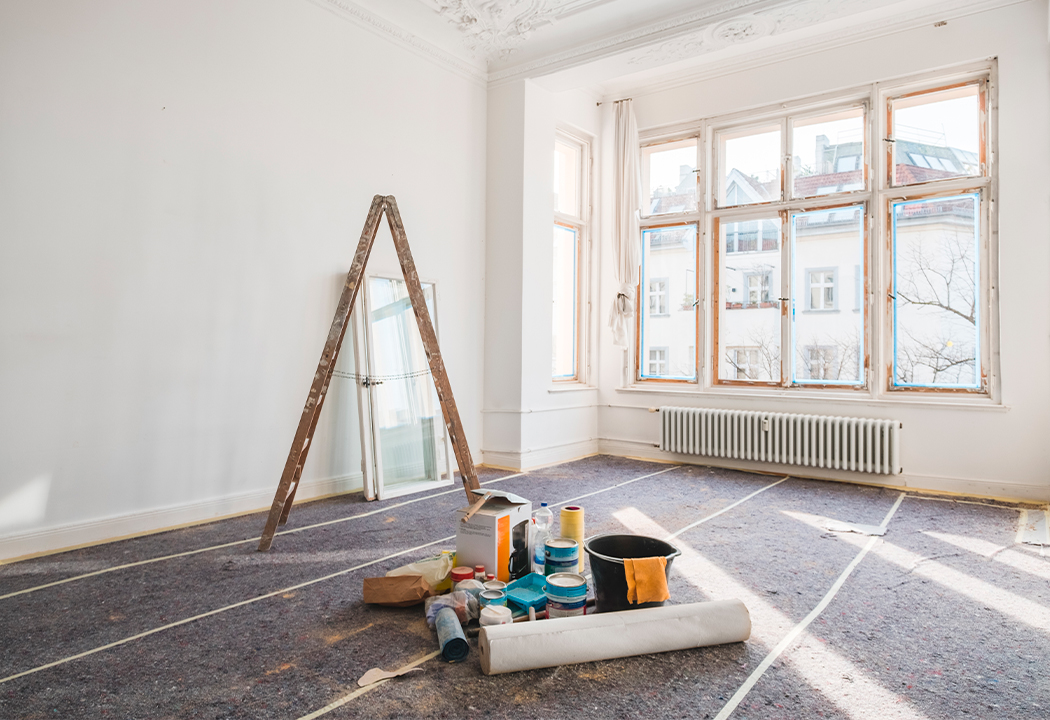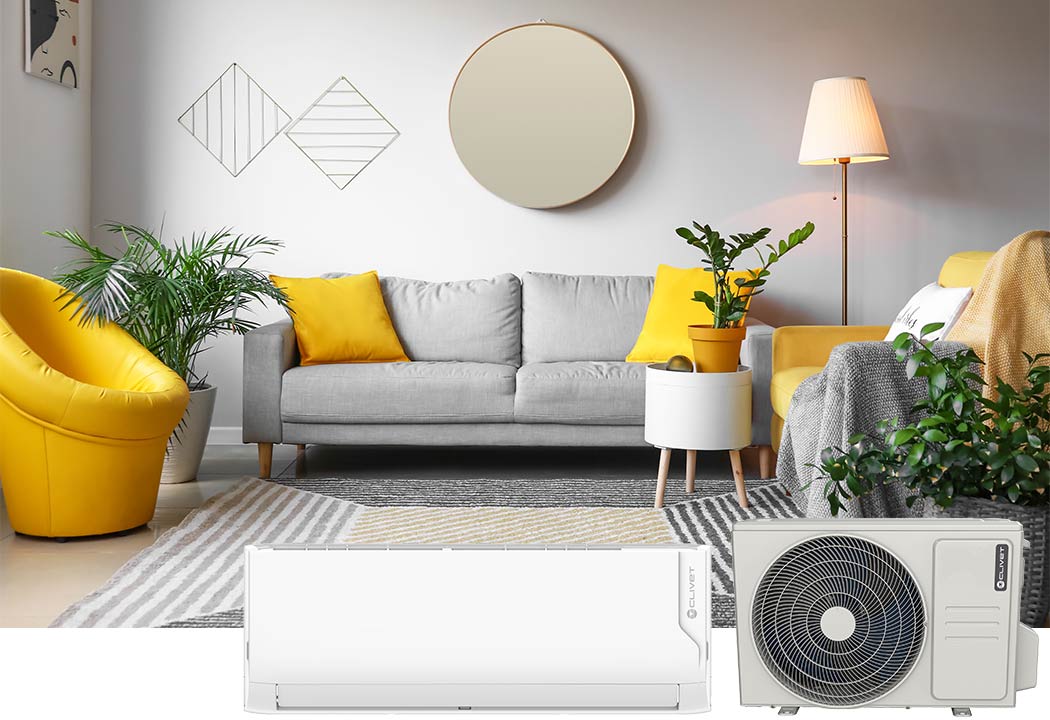From the cold that creeps through the cracks in old windows to taps that drip, through electric leakage, mould growth and many other small and large problems. Sooner or later, everyone faces the same question of whether it is more cost-effective to buy a new home or “revive” their house by refurbishing it. The second option is most certainly less expensive, but will still require time and resources to modernise the various system solutions in the home, such as the electrical and plumbing systems. When planning a refurbishment of your property, it is also worth considering a replacement, or at least an upgrade, of the air conditioning system. This will improve living comfort, since we spend most of our time at home, and also reduce energy consumption and consequently cut the cost of bills. So what are the main solutions for renewing the system at low cost? Clearly, heat pumps are a “green” alternative to the traditional boiler, although numerous parameters must be taken into account, including the current type of system (autonomous or centralised), the user’s needs (heating only, heating and cooling) and the climate of the area where the property is located.
If the heating system is autonomous
For those living in a single-family home or in an apartment block where the heating and domestic hot water production system is autonomous, switching to a heat pump is a solution that provides multiple advantages. As we are well aware, this type of system is much more sustainable as it uses a free renewable source compared to the gas used for the boiler. Moreover, heat pumps are highly efficient, which means lower consumption and large savings on bills, as well as being extremely versatile.
There are even more advantages if the refurbishment entails replacing traditional radiators with a radiant heating system. This type of solution, consisting of piping installed in the floor, wall or false ceiling in which a heated liquid circulates, ensuring even heat distribution in all rooms, adapts perfectly to the unique features of heat pumps. This is because radiant systems need much lower temperatures to function properly (between 30°C and 35°C) than those required by a radiator (over 60°C).

 United Arab Emirates
United Arab Emirates  +971 (0) 4501 5840
+971 (0) 4501 5840  info@clivet.ae
info@clivet.ae  France
France  Germany
Germany  +49 40 325957-190
+49 40 325957-190  United Kingdom
United Kingdom  India
India  Russia
Russia  South East Europe
South East Europe 







